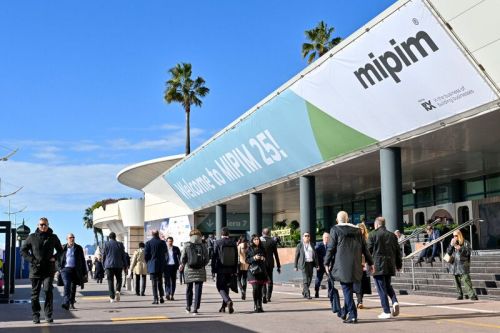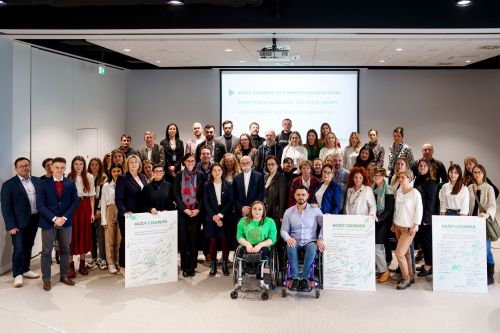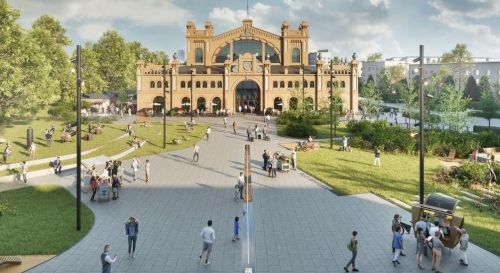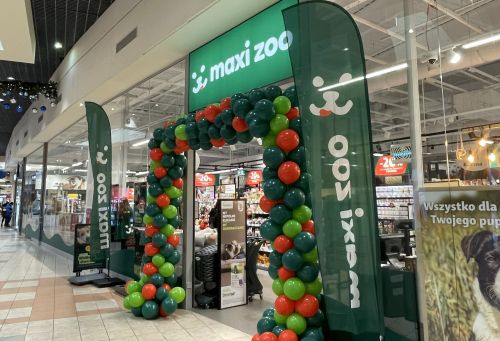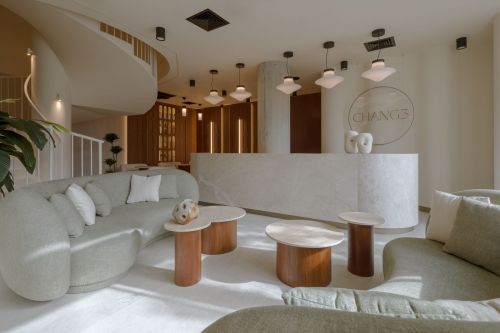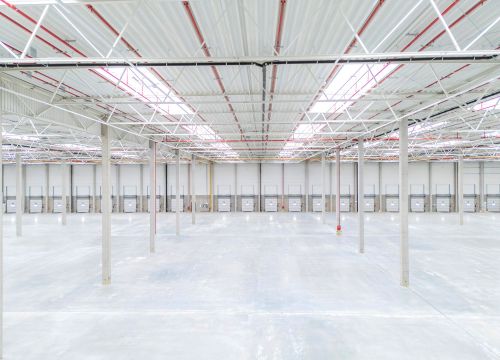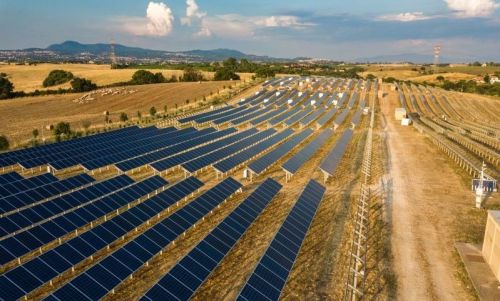After the delivery of nearly 135,000 sqm to the market over the last three months, the total stock of modern retail space at the end of Q3 2017 reached around 11.3 mln sqm, according to a report by Colliers International. “Over 2017, we’ve seen a growth in supply both in towns and cities with a large amount of retail space as well as in markets that do not have such high levels of saturation,” said Małgorzata Dziubińska an associate director for consulting and research at Cushman & Wakefield.
Almost 620,000 sqm of retail space is still under construction, of which 29 pct will be completed this year. The total supply over 2017 is estimated to be 350,000 sqm, according to Colliers International. The Retail Research Forum of the Polish Council of Shopping Centers, on the other hand, estimates that currently over 635,000 sqm is under construction, 16 pct of which comprises extensions of existing retail centres with over 470,000 s




